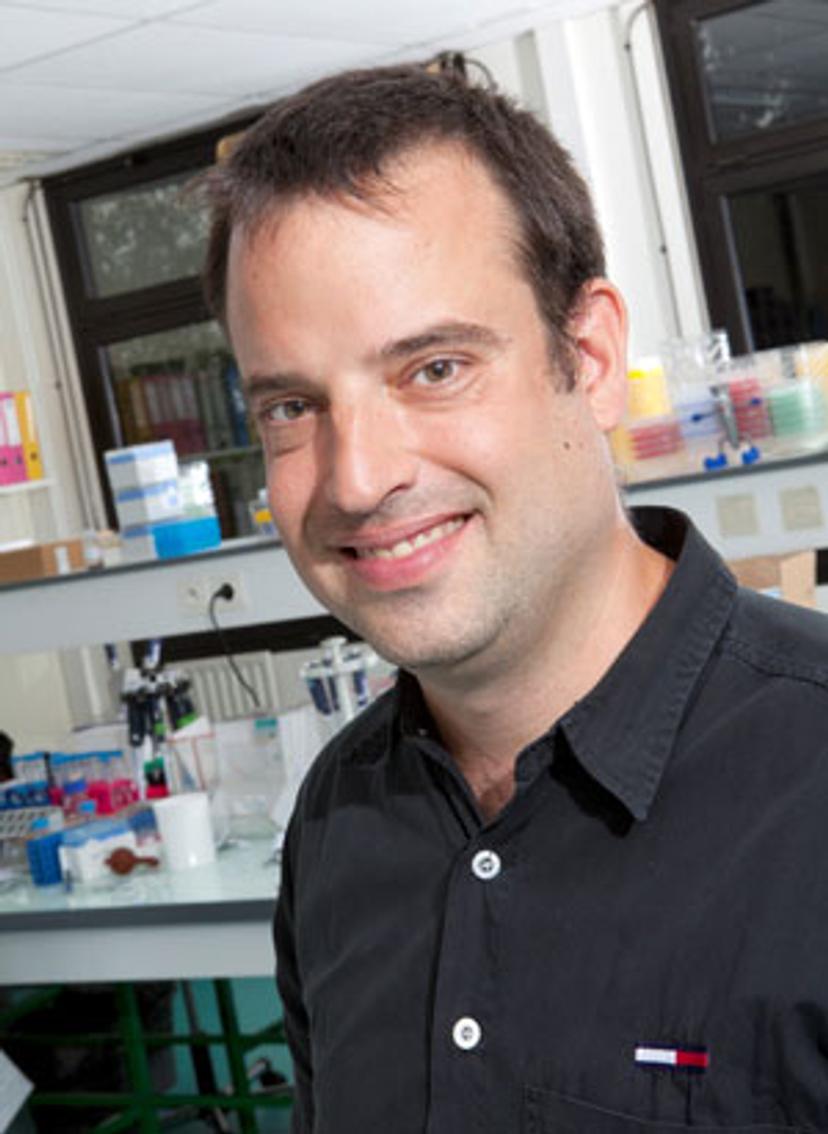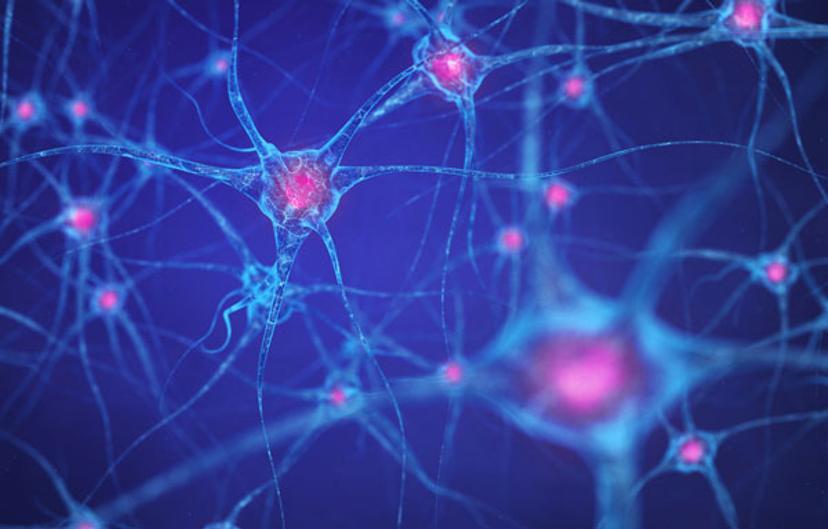The Role of Epigenetics in Drug Discovery for Neurodegenerative and Immune-Related Diseases
Scientists at the National Center for Research on Human Genomics are at the forefront of groundbreaking research to develop new drugs for major diseases
1 Aug 2018

The role of epigenetics in disease is a relatively new and growing field of research that has seen recent advancements for drug discovery and development. Drug development for neurodegenerative diseases, however, has seen few new products make it to market in recent years and has, as a result, become the principal focus for a group of scientists in France.
Jorg Tost is the director of the Laboratory for Epigenetics and Environment at the National Center for Research on Human Genomics (CNRGH) in France. He leads research projects involved in the development and application of technologies to analyze DNA methylation, microRNAs and other epigenetic modifications, primarily in neurodegenerative and immune-related diseases. SelectScience® caught up with Tost after he presented a fascinating session at SLAS Europe about his current research.
SS: Please tell us about your role at the National Center for Research on Human Genomics and the goals of your research
JT: I’ve been director of the laboratory for epigenetics and the environment for about five years. The lab I currently work in, is very much focused on using high-throughput technologies to decipher the gene regulatory landscape in different diseases, mainly immune-related and neurodegenerative diseases. Because we're working on deciphering the epigenetic modifications, we need to have access to specific cells which are relevant to the disease, as the epigenetic landscape is specific to each cell type. For immune-related diseases, we can access the different circulating immune cells; whilst for the neurodegenerative diseases, we're mainly relying on isolated neurons from postmortem brains.
We’re trying to get a comprehensive picture of what is happening in these diseases, which are normally not driven by very strong mutations or genetic variations. What are the strong environmental components in these diseases, what has changed at the gene regulatory level, and what might be targets on which we could work to revert the gene regulatory landscape to a more healthy state?
SS: What are the main challenges when investigating epigenetic modifications and how have your team addressed them?
JT: One of the main challenges is that epigenetics is really cell type specific, so we don't work on bulk tissue, except for some smaller cancer projects. Normally, we need to sort cells to a certain purity and then look at how the epigenome of these specific cells has changed.
If you work on bulk tissue or samples, you will only see the differences in epigenetic modifications on microRNA expression and DNA methylation that refer to a differential composition of your sample, but not to a changed epigenetic phenotype. Therefore, we have to be able to get those specific cells, which can restrict what diseases we can work on. Because we're using high-throughput technologies, we also need to be able to get a certain amount of DNA and RNA from these cells to be able to work with.
SS: Which new technologies or methods are key to your field?
JT: We heavily rely on next-generation sequencing. We normally profile using small RNA sequencing, RNA sequencing and analyze histone modifications and transcription factor binding sites using ChIP-seq. For all these, it's much easier just to use a genome-wide approach and not to go into your project with any defined hypothesis. However, for DNA methylation analysis, it is still very expensive and computationally demanding to do whole-genome bisulfite sequencing on a large number of samples. Therefore, we normally do this on a limited number of samples and then try to move forward, for validation, to larger cohorts for targeted DNA methylation analysis.
Generally, I think development into starting with less material but not losing the quantitative accuracy, will be key to advance this field, because we understand from other research specialists in RNA-seq, that each cell is unique, and we need to understand this heterogeneity.
Profiling is very descriptive, so we also need to understand which of the changes we identify are functional. This is relatively well advanced for the functional analysis of microRNAs, where we have the tools to transfect microRNA mimics or microRNA inhibitors. We can modulate the expression of specific microRNAs and see how this will correlate, for example, with an inflammatory phenotype and which genes become deregulated, and which proteins become overall less expressed.
For DNA methylation analysis, this used to be an enormous problem, because there wasn’t any good technology to identify which of the many DNA methylation changes we see, are functionally relevant. This has changed over the past two to three years due to epigenome editing tools like dCas9. This is very similar to genome editing, except that it does not use a nuclease as the CRIPR-Cas9 system. This allows pulling epigenetic enzymes to specific genomic loci; then you can manipulate the histone modification or the DNA methylation landscape at specific loci only. I think these technologies are key to further our understanding of what we need to target.

SS: Please tell us about the talk you presented at SLAS Europe 2018
JT: I presented our research, mainly on neurodegenerative diseases, which we have been working on for only about five years. We've just published an epigenome wide association study on progressive supranuclear palsy (PSP), which is one of the neurodegenerative diseases with a strong implication of the Tau protein, the MAPT gene product – there have been about six or seven genetic associations found in big genome-wide association studies. We looked at about 160 individuals’ prefrontal cortex and found about 700 associations between CpGs and the disease phenotype, when correcting for the cellular composition and prevalence of neurons. This led to the identification of an antisense transcript and gave a very interesting story just published in Nature Communications.
We also performed quite a large study using whole genome bisulfite sequencing and oxidative bisulfite sequencing in neurons from Parkinson's patients funded by a French-German grant (ANR-BMBF). The neurons were isolated using NeuN staining and then we investigated in the isolated neuronal nuclei the DNA methylation and also the microRNA expression profile. Again, we identified microRNAs associated with Parkinson's which were known, but also a few other new ones. This is the first time, where we have been analyzing about 60 individuals and have created a single CpG resolution map of DNA methylation and also DNA hydroxylmethylation in the neurons from patients with a neurodegenerative disease.
ST: What do you see for the future of your research?
JT: I think we still need to do a lot of work on validation of the deregulated targets we found in the Parkinson study in additional cohorts and additional brain regions, but we also need to look at the functional validation of some of the hits we have found.
Generally, I think we must work on this functional component to be able to say what are the most relevant changes. Perhaps there might be genes for which certain drugs can be repositioned, because in these neurodegenerative diseases, drug development has been very slow. The past two decades have not really seen any new drugs coming onto the market. So, there might be something in the data which we can use, or at least this can give us some hints on which pathways and systems within the cell are deregulated, to provide some new access for research and potential drug development.
Generally, I think for us, it's very important to be able to be more specific: starting with less biological material and having the possibility to analyze epigenetic modifications in liquid biopsies. For brain related diseases we would probably rather use CSF than blood. I think these are very interesting options to look at these markers and also to better understand how we can then revert a changed epigenetic landscape back to its healthy, normal form.
Epigenetics in complex diseases, other than cancer, is still a very young field - there's a lot to discover if people look into the tissues or cells that are relevant for the disease. I also think that the new tools we now have on hand now and the relative facility to do CRISPR dCas9 approaches, compared to the older gene editing approaches, will really move forward the field.
We’re also mainly focusing on DNA methylation, microRNAs, or other small encoding RNAs. But what we really need to do is to measure all of these in the same samples, the multiple levels, to determine the gene regulatory landscape. But then you face big challenges on data integration. So, we need a systems biology approach to really understand what is changing in the diseases and how we can make use of it for the benefit of patients and research in general.
Register for your free SelectScience membership today to receive the latest editorial articles and technology news direct to your inbox.
